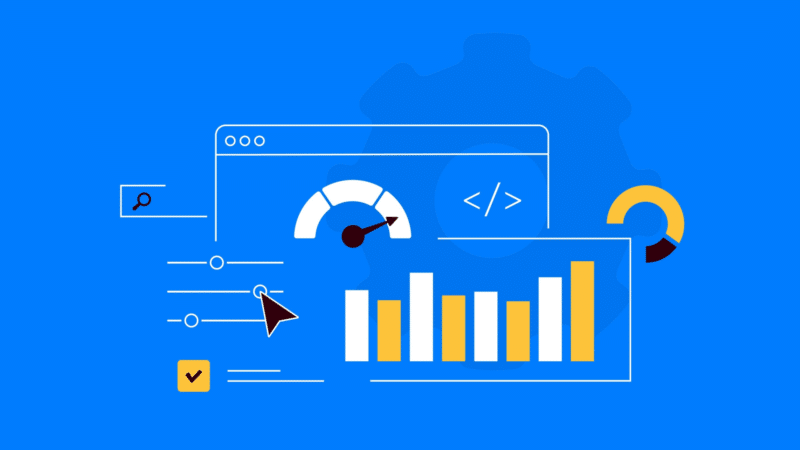
The Critical Importance of Website Speed for Online Competitiveness
In today’s digital landscape, having a fast-loading website is no longer a luxury—it’s a necessity. Websites that experience slow load times can significantly diminish user experience, translating to higher abandonment rates and a lost competitive edge. The stakes are particularly high as search optimization continues to evolve. Google’s Core Web Vitals (CWVs) have established themselves as essential metrics for evaluating user experience, focusing on factors crucial for audience engagement: loading speed, responsiveness, and visual stability.
Core Web Vitals break down into three pivotal metrics: Largest Contentful Paint (LCP), which assesses a page’s loading performance; Cumulative Layout Shift (CLS), focusing on visual stability during loading; and Interaction to Next Paint (INP), measuring the delay in visual feedback. While these metrics may not directly influence ranking, Google acknowledges that improved page experience, when comparing similarly quality pages, can elevate visibility in search results.
To assist site owners in enhancing their page speed, a structured nine-step guide is available. This includes strategies such as minifying code to remove extraneous characters, eliminating unused JavaScript and CSS to streamline operations, and implementing caching measures to bolster loading speeds. Optimizing media content—namely videos and images—is also critical, alongside employing lazy loading techniques to defer image loading until necessary.
Utilizing a content delivery network (CDN) can dramatically improve delivery times by hosting static files on optimized external servers. Additionally, reducing redirects, auditing plugins, and reconsidering hosting options are effective tactics outlined to resolve persistent speed issues.
Enhancing overall page experience is equally vital. Prioritizing mobile responsiveness, ensuring secure browsing (via HTTPS), and minimizing invasive interstitials are actionable steps that can considerably improve user interaction.
From a professional perspective, integrating these page optimization strategies with URL shorteners and management tools can yield further benefits. Efficiently compressed URLs can complement faster loading times, ensuring quicker access for users while also providing clearer analytics for site owners.
In conclusion, the importance of website speed cannot be overstated in today’s competitive online environment. Site owners hold the reins to improving their page speed and, by extension, their performance on Google’s Core Web Vitals. Taking these steps can enhance search rankings and provide a superior user experience, ultimately leading to increased traffic and engagement.
#BitIgniter #LinksGPT #UrlExpander #UrlShortener #SEO #WebOptimization
Want to know more: https://searchengineland.com/page-speed-optimization-guide-448321


